In the ever-evolving landscape of interior design, "Modern Kitchen Cabinets" have emerged as a focal point for homeowners seeking both functionality and aesthetic appeal. According to a recent report by Allied Market Research, the global kitchen cabinets market is projected to reach $30.9 billion by 2027, driven by increasing demand for innovative designs and sustainable materials. As consumers become more discerning, they are not just looking for storage solutions but also for cabinetry that reflects their personal style. From sleek minimalist designs to bold colors and textures, modern kitchen cabinets are redefining the culinary space, making it a hub for creativity and social interaction. This blog will provide a comprehensive checklist for global buyers to navigate the myriad of innovative styles available, ensuring every kitchen not only meets practical needs but also captures the essence of contemporary living.

As we step into 2023, the global kitchen cabinet market is witnessing an exciting transformation, reflecting emerging trends that cater to diverse tastes and lifestyles. Designers are embracing natural materials and textural designs, fostering a harmonious blend of aesthetics and functionality in modern kitchens. This year’s standout styles emphasize bold features and personalized touches, allowing homeowners to express their individuality through their choice of cabinetry. The shift towards eco-friendly materials further underscores the commitment to sustainability, appealing to environmentally conscious buyers worldwide.

The Ready To Assemble (RTA) kitchen cabinet segment is also gaining traction, projected to achieve significant growth in the coming years. The convenience of RTA cabinets combined with stylish designs makes them an appealing option for many consumers seeking a mix of affordability and contemporary style. Today's RTA options are no longer limited to basic designs; they now encompass a range of innovative styles that incorporate advanced functionalities. With the continued evolution in the kitchen cabinet market, buyers can expect to find a plethora of choices that resonate with current trends and global aesthetic preferences.
Sourcing quality kitchen cabinets internationally poses several key challenges for global buyers. According to a report by Technavio, the global kitchen cabinets market is projected to grow by approximately $17 billion from 2021 to 2025. This significant growth highlights the increasing demand for innovative styles and high-quality materials. However, navigating varied international standards and regulations can complicate sourcing efforts. Compliance with safety standards, such as EN 14749 in Europe and ANSI/KCMA A161.1 in North America, requires diligent research and thorough vetting of manufacturers.
Furthermore, with supply chain disruptions becoming more common due to geopolitical factors and the ongoing effects of the COVID-19 pandemic, maintaining a consistent supply of quality kitchen cabinets can be tricky. The Sourcing Journal reported that many manufacturers faced delays in raw materials, affecting production timelines. Buyers must also consider the implications of tariffs and shipping costs, which can significantly increase the overall budget for importing kitchen cabinets. As buyers seek unique designs and sustainable materials, understanding these challenges is crucial for successful international sourcing in the dynamic kitchen cabinet market.
 The shift towards sustainability in kitchen design has become crucial as homeowners and designers alike seek to minimize environmental impact. Incorporating eco-friendly materials into kitchen cabinets not only enhances aesthetic appeal but also promotes a healthier living space. For instance, cabinets made from reclaimed wood or bamboo are excellent choices, as they reduce deforestation and utilize sustainable resources. Opting for low-VOC finishes can also improve indoor air quality, providing a safe environment for families while showcasing innovative design.
The shift towards sustainability in kitchen design has become crucial as homeowners and designers alike seek to minimize environmental impact. Incorporating eco-friendly materials into kitchen cabinets not only enhances aesthetic appeal but also promotes a healthier living space. For instance, cabinets made from reclaimed wood or bamboo are excellent choices, as they reduce deforestation and utilize sustainable resources. Opting for low-VOC finishes can also improve indoor air quality, providing a safe environment for families while showcasing innovative design.
When designing a sustainable kitchen, it's essential to consider the lifecycle of materials used. Choosing cabinets that are made from recycled or upcycled components can significantly reduce waste. Additionally, investing in cabinets that are built to last will not only lessen the need for frequent replacements but also ensure that your kitchen remains stylish and functional for years to come.
Tips for eco-friendly cabinetry include looking for certification labels like Forest Stewardship Council (FSC) and ensuring that the manufacturing process adheres to sustainable practices. Also, consider modular cabinets that can be easily adjusted or repurposed, allowing flexibility and reducing the carbon footprint associated with new productions. By emphasizing sustainability, modern kitchen designs appeal to global buyers who prioritize eco-conscious living.
In the realm of kitchen design, the aesthetics of cabinets are significantly influenced by cultural backgrounds. For instance, Scandinavian minimalism prioritizes clean lines and functionality, emphasizing white and light wood finishes that resonate with the region's connection to nature. This simplicity reflects the cultural values of modesty and practicality, making these cabinets not just a style choice, but a lifestyle statement.
Meanwhile, in contrast, Mediterranean-style cabinets often showcase vibrant colors and intricate designs, mirroring the rich history and artistic heritage of the region. The use of terracotta and hand-painted tiles evokes a sense of warmth and community, capturing the essence of gathering around a family meal. These cultural influences create kitchen spaces that tell stories, ultimately transforming cabinets into key elements of personal expression and cultural identity in homes around the world.
This chart illustrates the popularity of various modern kitchen cabinet styles across different regions, reflecting the cultural influences that shape design preferences worldwide.
In recent years, the demand for modern kitchen cabinets has surged, driven by evolving consumer preferences shaped by lifestyle changes and technological advancements. Data-driven insights reveal that buyers are increasingly prioritizing aesthetics, functionality, and sustainability in their choices. Sleek, minimalist designs in neutral colors are gaining popularity, as they create an illusion of space and enhance the overall ambiance of the kitchen. This shift reflects a broader trend towards open-concept living, where the kitchen serves as a central hub for both cooking and socializing.
Moreover, consumers are becoming more environmentally conscious, leading to a rise in the preference for cabinets made from sustainable materials. Data indicates that buyers now prefer products that not only look good but also align with their values, such as eco-friendliness and durability. Innovative storage solutions, such as pull-out pantry systems and integrated lighting, are gaining traction, responding to the need for efficiency and convenience in modern kitchens. The integration of smart technology is also on the rise, as homeowners seek to streamline their cooking and organizing processes while enjoying the benefits of a high-tech living space.
| Style | Material | Color | Popularity (%) | Price Range (USD) |
|---|---|---|---|---|
| Contemporary | Wood | White | 30% | 2000 - 5000 |
| Rustic | Reclaimed Wood | Brown | 25% | 3000 - 7000 |
| Minimalist | Laminate | Grey | 20% | 1500 - 4000 |
| Industrial | Metal | Black | 15% | 2500 - 6000 |
| Shaker | Plywood | Cream | 10% | 1800 - 4500 |
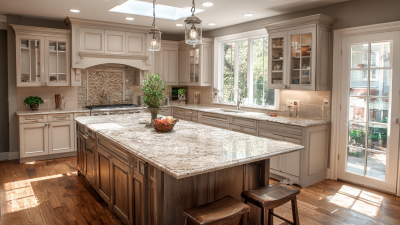
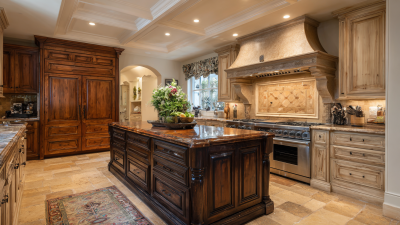
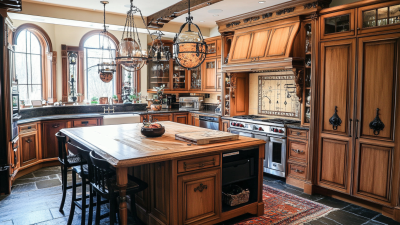
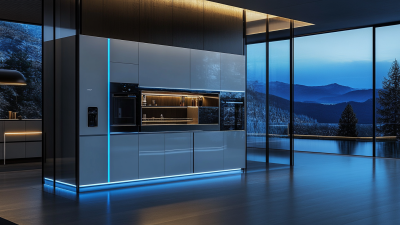
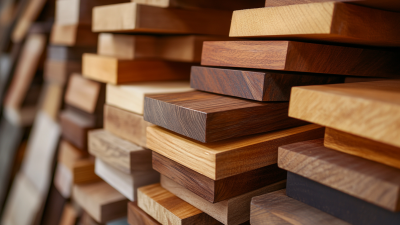
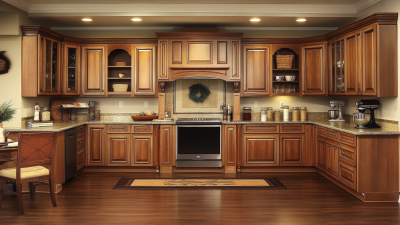
Whether you’re a homeowner, builder, or designer, you’ll find that our elegant cabinets create a breathtaking space that evokes positive emotions and encourages lasting memories. We invite you to explore our website to learn more about who we are and how we can help you.
Woodinville | Bellevue | Seattle | Kirkland | California | Berkeley | Walnut Creek | Roseville, CA
© 2025 Acadia Craft. Powered by Integrity Marketing Serving Woodinville, Kirkland, Bellevue & The Greater Seattle Area
